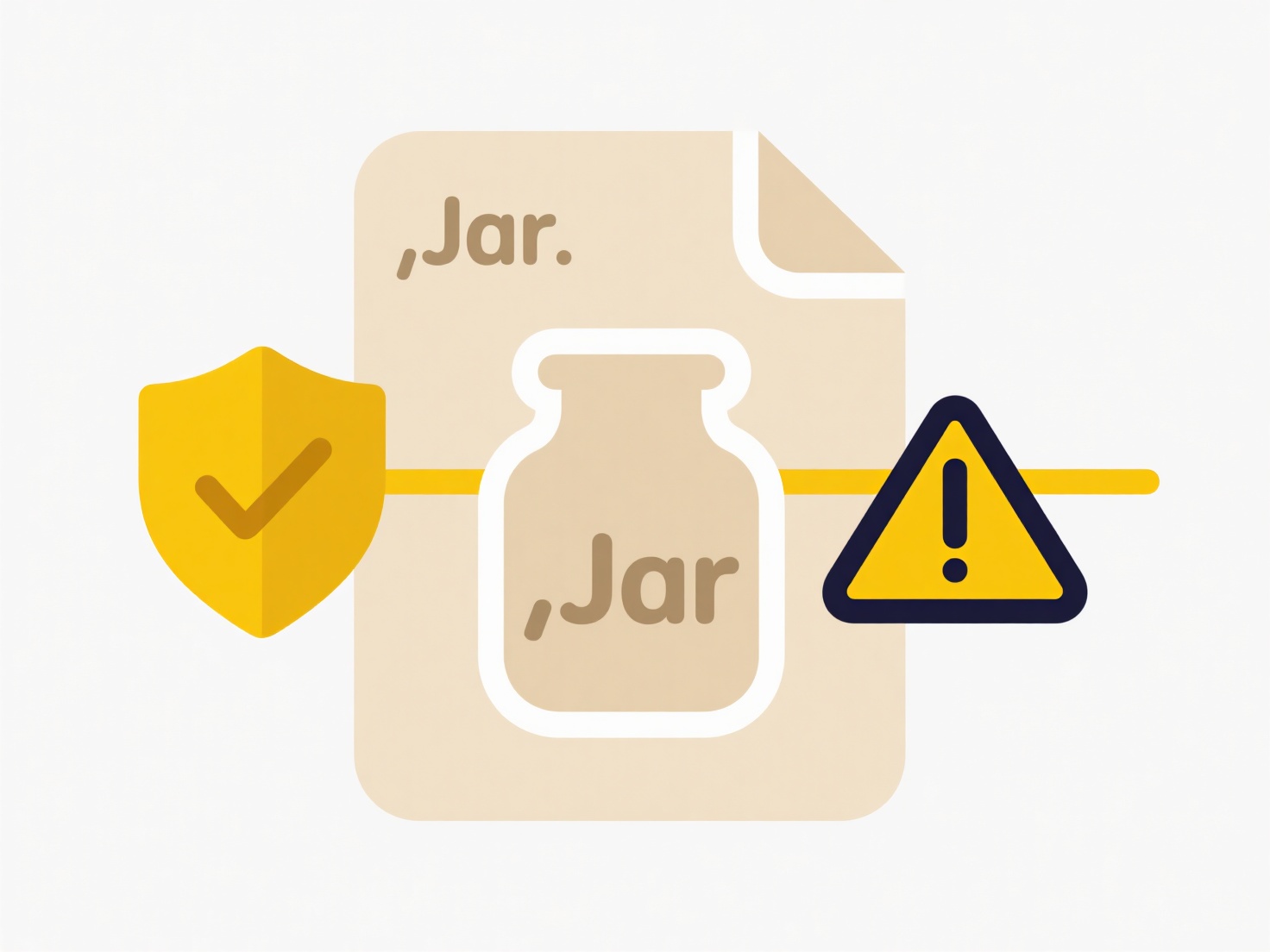
Filenames change when emailing between Mac and Windows due to different underlying file system rules and character encoding methods. Macs (macOS, using APFS/HFS+) allow filenames with characters like colons, backslashes, or specific Unicode variations. Windows (NTFS) prohibits these characters and treats some symbols differently. Email attachments processed through mail servers or clients often convert filenames to ensure compatibility, potentially replacing problematic characters with underscores or removing them entirely. This results in the recipient seeing an altered filename.
For example, sending a file named "Report: 5/12.docx" from a Mac might appear as "Report_ 5_12.docx" on a Windows recipient's email attachment. Another common issue involves accented characters, like "résumé.pdf" potentially becoming "r_sum_.pdf" or showing question marks due to encoding mismatches during the transfer process. This affects users sharing documents via email clients like Outlook, Apple Mail, or webmail services such as Gmail across platforms, notably impacting creative, academic, or international teams regularly exchanging files.

While this conversion prevents file transfer errors, it disrupts workflow and risks confusion. Advantages include broad compatibility, but limitations involve filename ambiguity and loss of metadata clarity. Modern cloud storage services (like OneDrive, iCloud) often handle cross-platform naming better, reducing this issue. Future adoption of stricter Unicode normalization standards by platforms could minimize discrepancies, though legacy email protocols perpetuate this challenge for now.
Why do filenames change when emailing between Mac and Windows?
Filenames change when emailing between Mac and Windows due to different underlying file system rules and character encoding methods. Macs (macOS, using APFS/HFS+) allow filenames with characters like colons, backslashes, or specific Unicode variations. Windows (NTFS) prohibits these characters and treats some symbols differently. Email attachments processed through mail servers or clients often convert filenames to ensure compatibility, potentially replacing problematic characters with underscores or removing them entirely. This results in the recipient seeing an altered filename.
For example, sending a file named "Report: 5/12.docx" from a Mac might appear as "Report_ 5_12.docx" on a Windows recipient's email attachment. Another common issue involves accented characters, like "résumé.pdf" potentially becoming "r_sum_.pdf" or showing question marks due to encoding mismatches during the transfer process. This affects users sharing documents via email clients like Outlook, Apple Mail, or webmail services such as Gmail across platforms, notably impacting creative, academic, or international teams regularly exchanging files.

While this conversion prevents file transfer errors, it disrupts workflow and risks confusion. Advantages include broad compatibility, but limitations involve filename ambiguity and loss of metadata clarity. Modern cloud storage services (like OneDrive, iCloud) often handle cross-platform naming better, reducing this issue. Future adoption of stricter Unicode normalization standards by platforms could minimize discrepancies, though legacy email protocols perpetuate this challenge for now.
Related Recommendations
Quick Article Links
How do I search code files by function or variable name?
Searching code files by function or variable name involves using specialized tools to locate the precise point where tho...
Can I recover deleted files from cloud storage?
Cloud storage services typically retain deleted files temporarily instead of permanently erasing them immediately. When ...
How do I handle duplicate files in cloud sync?
Handling duplicate files in cloud sync services involves identifying and managing identical copies unintentionally store...